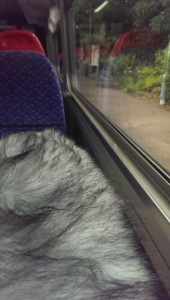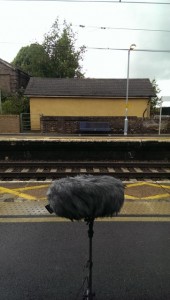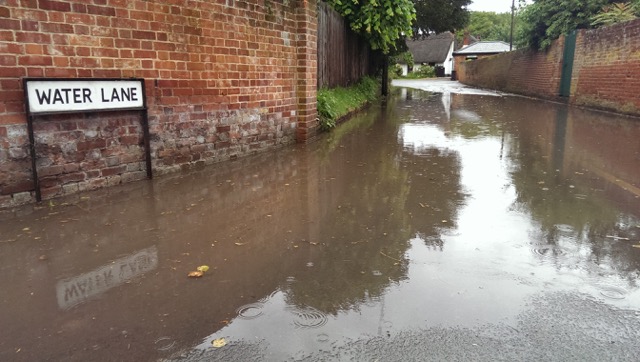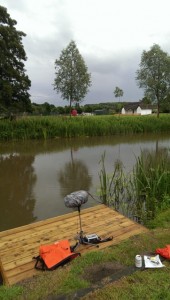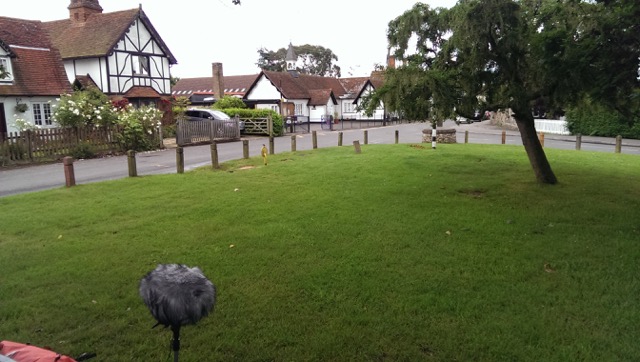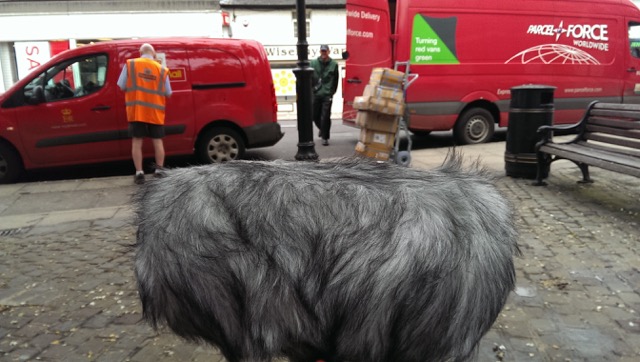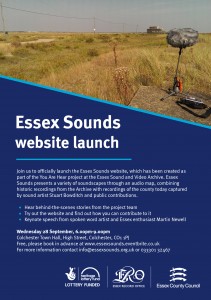For our Heritage Lottery Funded project, You Are Hear: sound and a sense of place, we commissioned Sound Recordist Stuart Bowditch to capture what Essex sounds like in the present-day. Some of his recordings were made in response to historic recordings of events and places from our Archive, some in response to public suggestions about which sounds represent Essex, and some on a whim and a fancy. The recordings have been posted on our online audio map of Essex Sounds, where you can compare past and present recordings made across the county. They have also been deposited with the Essex Sound and Video Archive, so future generations can experience the sounds we hear today. What will Essex sound like in fifty years?
You can read about Stuart’s week-long trip to the north of the county in an earlier blog entry. Here, he reflects on the project as a whole. All images used with Stuart’s kind permission.
So, the recording phase of the You Are Hear project comes to a close, and I will miss it. It has been a year full of exploration and discovery, meeting a multitude of characters and learning about local skills and traditions, none of which was further than 42 miles (as the crow flies) away from where I live. I have travelled from the more familiar industrial and suburban south to the rural wilds of the north, and from the summery seaside riviera of the east to the west that seems somehow slightly detached and belonging to neighbouring counties.
We knew from the outset that the project would only be fruitful if we listened to local people, their suggestions and invaluable local knowledge. But we also knew that the ‘picture’ of Essex that could be formed from its diverse sounds would be more vivid and much wider than the stereotypical image that is often perceived. We carried out public surveys in several towns and reached out using mailing lists and social media, asking: What does Essex sound like? What sounds are connected to the place where you live? What is a sound of today or yesteryear? What sounds are new or have been lost? Questions certainly got people thinking, and we were bombarded with suggestions, clues, hints and leads to where, when and how we could find them. It was my job to take this valuable information and to try and capture the sounds for preservation in the archive; to paint that ‘picture’ of Essex as best as I could.
I drove (a 15 year-old Corsa), jumped on trains (including a Class 156 and Class 31), climbed, hiked and walked to all kinds of destinations, at all times of day and night, in all kinds of weather and every season throughout the year. I discovered new places and villages that I’d never heard of, as well as revisiting places I’m familiar with to hear them in a new ‘light’. Wherever I went, I went with an open mind, not jumping to any conclusions before arriving in order for me to capture as authentic a recording as possible. Apart from setting out with a small nugget of information, who was I to know what a place would actually sound like on any given day? There are so many variables that it’s really not helpful to try and imagine them on the way there. Upon arriving, discretion, sensitivity and impartiality were often paramount to capturing the right moment, negotiating permission or gaining access to property.
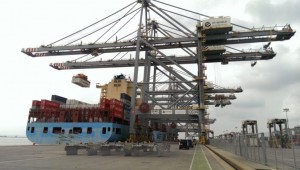
Maersk Lins being loaded at DP world, London Gateway. Listen to the sounds on the Essex Sounds page.
Working for the Essex Record Office helped to reassure people that my intentions were honourable,and that recording the sound of their activity, place of work or garden was of value, even though at first they may have thought the idea strange. It also afforded me some leverage in gaining access I wouldn’t usually be able to negotiate by myself, such as on the quayside of the DP World super port and the factory and farms of Wilkin and Sons Ltd.
I’ve also had to do things I never had before in order to gain access to places, such as sign disclaimers and send a scan of my passport through a week in advance to gain access to a restricted area. In fact I’ve gone to quite some lengths in the pursuit of capturing sounds: I even put my recording kit through an X-ray machine to record, amongst other things, the men who are responsible for luggage ending up in Barbados when it should have been in Lanzarote.
As well as contributing to a more detailed and colourful image of Essex and its inhabitants, I have also learned a lot during this project. People are generous with their time, knowledge, good will, and sometimes even gifts. Some people’s skills and knowledge are very niche, which is interesting, informative and essential, both in their given field and in their ability to find somewhere within society where they excel. Others were reluctantly compliant when asked by their boss to start up a particular machine so that I could record it, but reassured after a chat about the reason for my interrupting their work routine. There is a reasonably high level of trust between folk, which worked in both directions: someone letting a stranger into their house to record the aeroplanes, and me meeting a man outside the chip shop in Jaywick at 10pm with my sound recording equipment. Both situations were problem free, naturally, and led to good recordings and unique experiences for all parties.
I discovered that a big, fluffy microphone windshield apparently resembles a cute, fluffy animal, and some members of the public seemed surprised when they discovered that its owner wasn’t so. I mean, you wouldn’t put your finger onto a photographer’s lens and expect them to be happy about it, would you? But being so visible also worked the other way, as I was able stand in the middle of two hundred people drinking champagne and eating canapes for 40 minutes whilst appearing to be invisible.
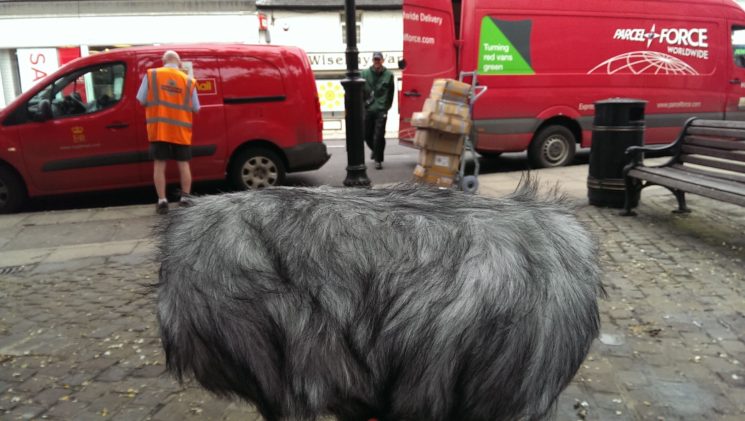
The microphone recording soundscapes on Halstead High Street. Did you see the microphone on our Twitter feed? It gained its own followers as it travelled round the county in search of the best sounds.
My work didn’t finish with recording. Most of the recordings were edited and uploaded to the Essex Sounds website, where you can explore the map and listen to sounds relating to that place. As part of the project, we’ve also been digitising a lot of the archived recordings, and you can hear recordings we’ve made as a comparison to archival recordings. One such location is Chelmsford Cattle Market, where you can hear what the market sounded like in the 1950s or what the site sounded like in 2016 (now the indoor High Chelmer shopping centre). You can also hear Colchester United winning a 1971 match at their Layer Road stadium, but losing in 2016 at Weston Homes Community Stadium (oh dear).
We also reached out to the general public to contribute, and many people have uploaded their own recordings to further widen the view of where we live. If you have something that you would like to contribute, please head over to the website and get clicking. Or if you’d prefer just to hear what we have all been collecting, the map is where it’s at. I hope you enjoy it.
Is there a sound of Essex that we have missed from our map? We continue to welcome public contributions of sound recordings to our Essex Sounds map. Read more about how to contribute, then get recording!

